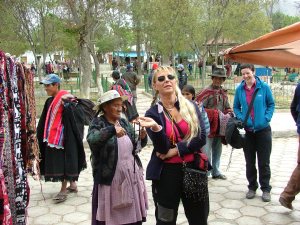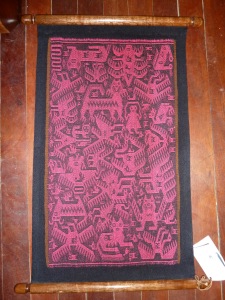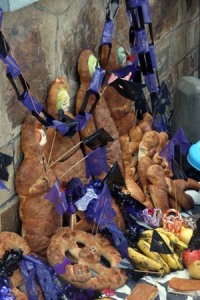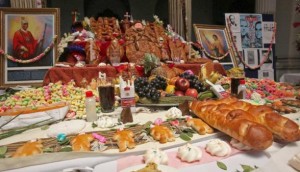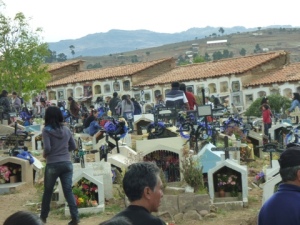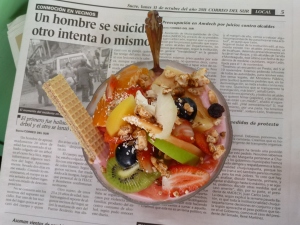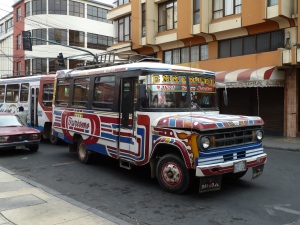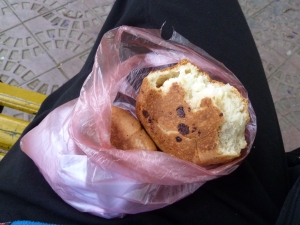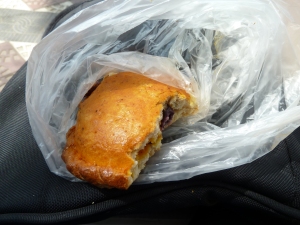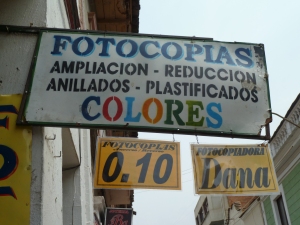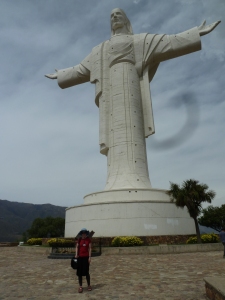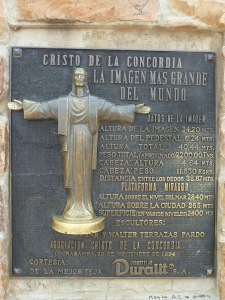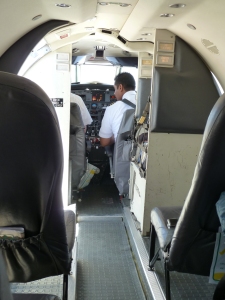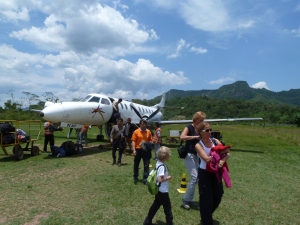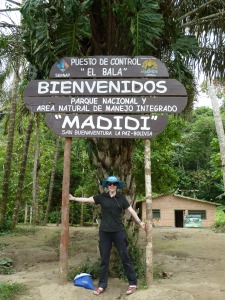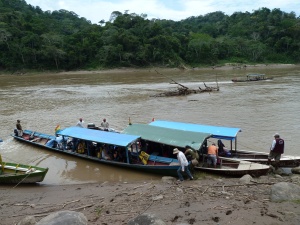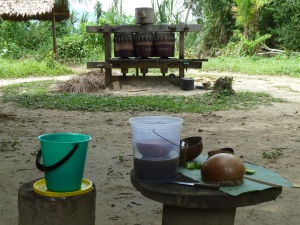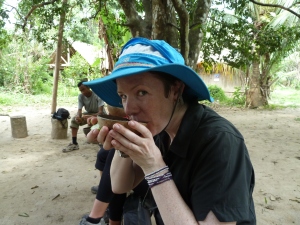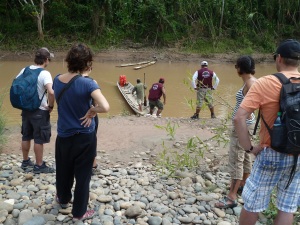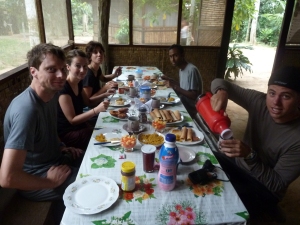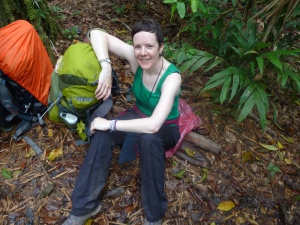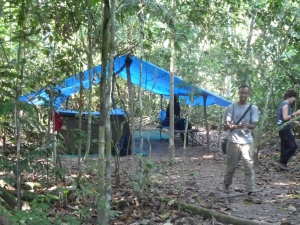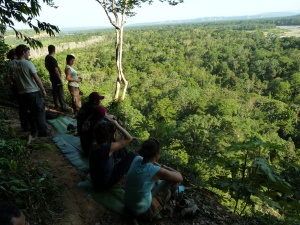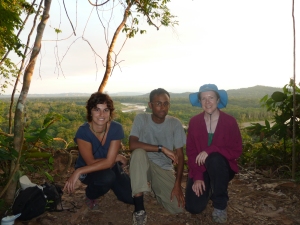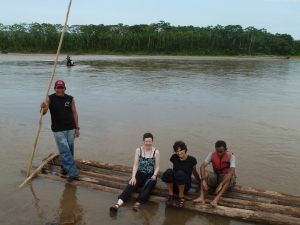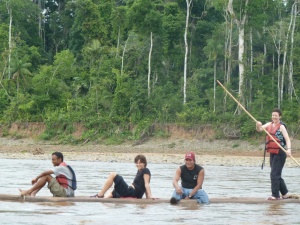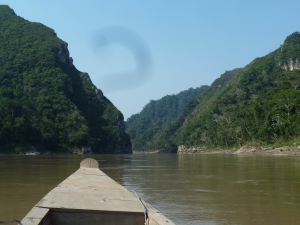Candelaria and Tarabuco are small towns famous for producing the best quality woven textiles in Bolivia (and the Andes region in general) and I´d already seen amazing examples from this region in the museums I´d visited in Copacabana and La Paz. Going to Tarabuco is easy because there is a famous (and touristy) Sunday market so there are plenty of tourist and local buses to take you there. Getting to Candelaria is another kettle of fish. The good old LP advised that there were very infrequent buses at not very useful times and not every day of the week (confirmed by a few local enquiries) so I asked around a few tour companies if they did combined trips to Candelaria and Tarabuco. Most told me no or it would cost a few hundred dollars (???!!!). In the end I found Candelaria Tours and I was lucky enough that two french couples had already signed up for the weekend tour to Candelaria and Tarabuco so I could join their tour. My French is rubbish but luckily we all got by with a mixture of Spanish and English.
The first day was the drive to Candelaria in the 4×4 jeep. The road wasn´t too bad but it was unpaved as we reached Candelaria. The view through the landscape was amazing but I think I was a bit over taking pictures of amazing landscapes by this time because I don´t have any pictures for some reason?
We spent the night at an old hacienda which had been beautifully preserved but not renovated. The history of the hacienda goes back to the 17th century and it felt like we were in the setting for an Isabel Allende book. You can read the history of the hacienda here. Our rooms were decorated with textiles from the region and we were invited to help prepare lunch in the traditional kitchen (i.e. the food was cooked on a traditional Andean wood fire stove). As with all good Bolivian food, it was cooked from scratch and full of organic vegetables (vegetables in Bolivia are generally organic by default).
As well as our guide from Candelaria Tours we were accompanied by Dona Eli who has been instrumental in developing sustainable tourism in Candelaria and was previously the director of the (currently closed) textiles museum in Sucre. She was so knowledgeable and enthusiastic as she introduced us to the weavers in their homes and explained the different techniques for the different types of textiles.
We visited several homes in the small town of Candelaria (about 200 inhabitants) to learn more about local life and to see the weavers at work. It was amazing to have the opportunity to see first hand how the textiles are made and how much work and time goes into producing them. We learnt how to identify high quality weavings from less quality ones and also learnt that the designs are produced from the weavers imagination – they don´t work from any patterns or planned designs. The designs typically include scenes from every day life (making bread) or from special ceremonies and occasions (making chicha, the fermented corn drink).
As a great admirer of Andean textiles I could go on and on here but I know that not everyone is as interested in textiles as I am. If you want more info, let me know and I can send you some links.
The next day we went to the market in Tarabuco. This market is famous in the region and local people and tourists travel there each Sunday to buy and sell goods. I was very disappointed with the quality of woven textiles on sale (the ones on sale in Sucre and at the weavers houses in Candelaria were much better quality and not really more expensive) but that didn´t stop me doing a bit of shopping. I picked up a traditional woven blanket, a modern day blanket that Bolivian women use to carry all they stuff in tied to their backs, and some Alto-Plano Cholita-style sandals made of recycled tyres (a bit heavy but should last a life time). The market had a great atmosphere despite being a little bit touristy and was full of local people in traditionally dressed clothes going about their market day business.
After the market we had a delicious traditional lunch before heading back to Sucre.
Thank you to Bertrand and Corinne for letting me use some of their photos for this post!
And here are some textiles photos….



